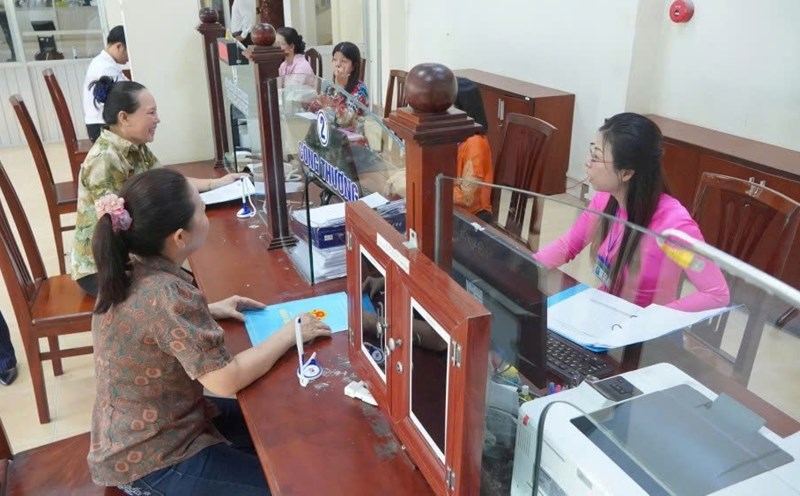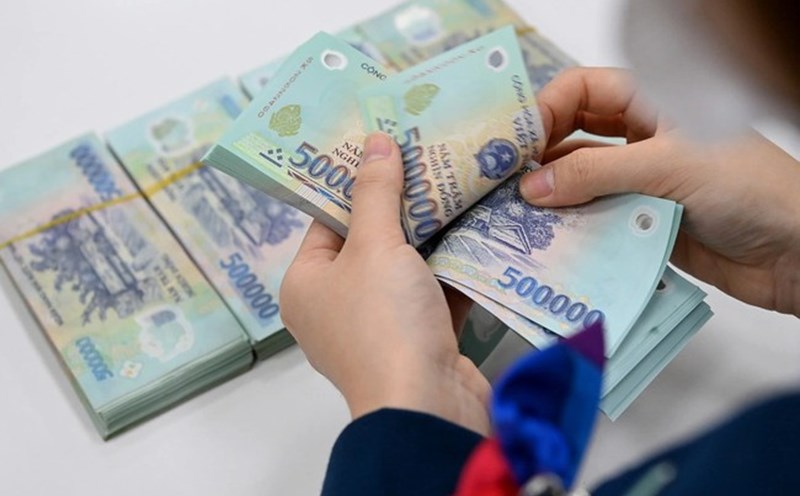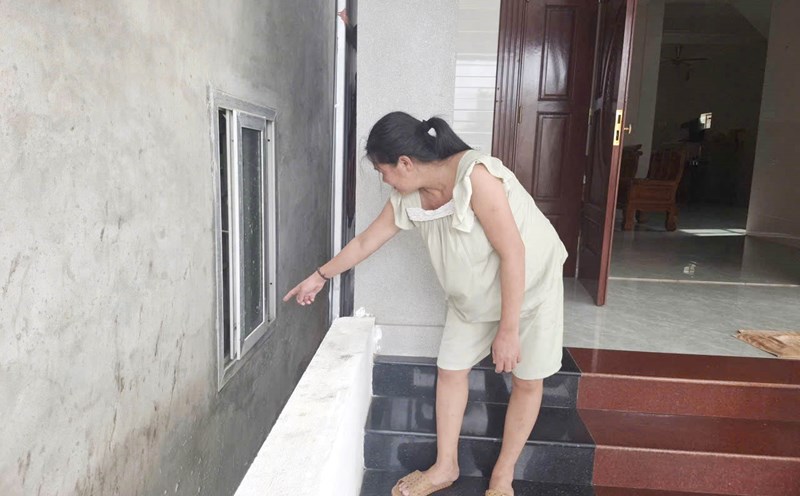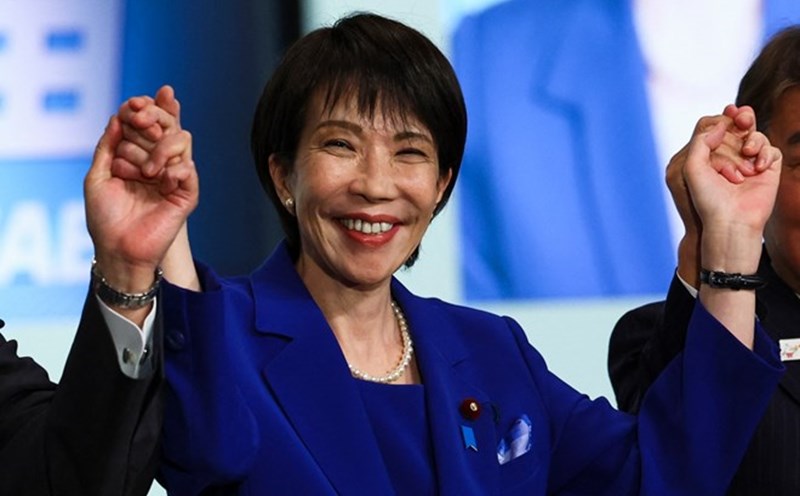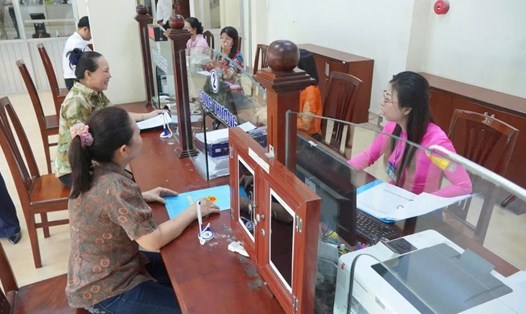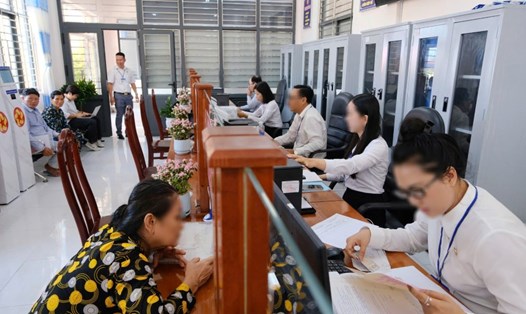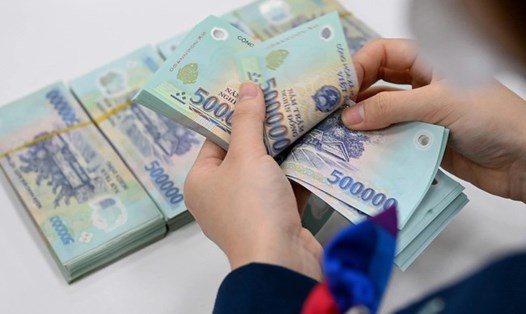On October 20, the Government Office announced that Prime Minister Pham Minh Chinh signed and issued Directive No. 31/CT-TTg on the development of a 5-year socio-economic development plan for 2026-2030.
The Prime Minister requested ministries, central and local agencies, economic groups, and state-owned corporations to focus on developing a 5-year plan for the 2026-2030 period, with a spirit of drastic action, synchronization, feasibility, and efficiency, striving for an average GDP growth rate of 10%/year or more in the 2026-2030 period.
Assessing the situation of mobilizing, allocating and using resources (state economy, non-state economy, foreign-invested areas, etc.); resolving and removing difficulties and obstacles for long-standing projects; incentive and preferential mechanisms and policies for large and important projects, attracting strategic investors, multinational corporations, etc.; developing all types of markets.
The progress of implementation and results of completing the strategic infrastructure system, focusing on assessing: key and important national projects such as: the North-South expressway in the East; Long Thanh international airport phase 1; high-speed railway on the North-South axis and international connecting routes, connecting gateway seaports; some belt routes and urban railways in Hanoi and Ho Chi Minh City.
Evaluate some urgent coastal routes; important inland waterways, inter-regional routes...; develop energy infrastructure such as electricity, renewable energy, clean energy, nuclear power...
Evaluate the work of improving the quality of human resources associated with promoting innovation, application and strong development of science, technology, and national digital transformation.
Results of implementing sectoral, provincial, regional and national plans; regional development, regional linkages; building policy mechanisms for smart cities; piloting a number of specific mechanisms and policies in some localities; building a financial center capable of competing and connecting with the international and regional markets...
Assessing the implementation of cultural, social and health goals. Results of resource management, use and environmental protection; proactive prevention and control of natural disasters, adaptation to climate change...
Assessing the work of improving the effectiveness and efficiency of state management and development capacity (such as building e-Government, digital government, administrative reform, staff streamlining associated with improving the quality of the staff; salary reform...).
The Prime Minister also requested to evaluate the arrangement and streamlining of the political system, reorganizing administrative units at all levels and building a model of organizing local government at both levels; tightening discipline and administrative discipline along with encouraging and protecting cadres to innovate, be creative, dare to think, dare to do, dare to take responsibility for the common good; prevent and combat corruption, negativity, practice thrift and fight waste; receive citizens, resolve complaints and denunciations...
The expected 5-year socio-economic development plan for 2026-2030 includes the following contents: the context for developing a 5-year socio-economic development plan for 2026-2030; general goals of the 5-year socio-economic development plan for the period 2026-2030; main targets and some major balances.
In particular, it is necessary to strive to achieve some key targets of the country such as: average GDP growth rate in the 2026-2030 period reaching 10%/year or more; GDP per capita; growth rate of social labor productivity; proportion of processing and manufacturing industry/GDP.

